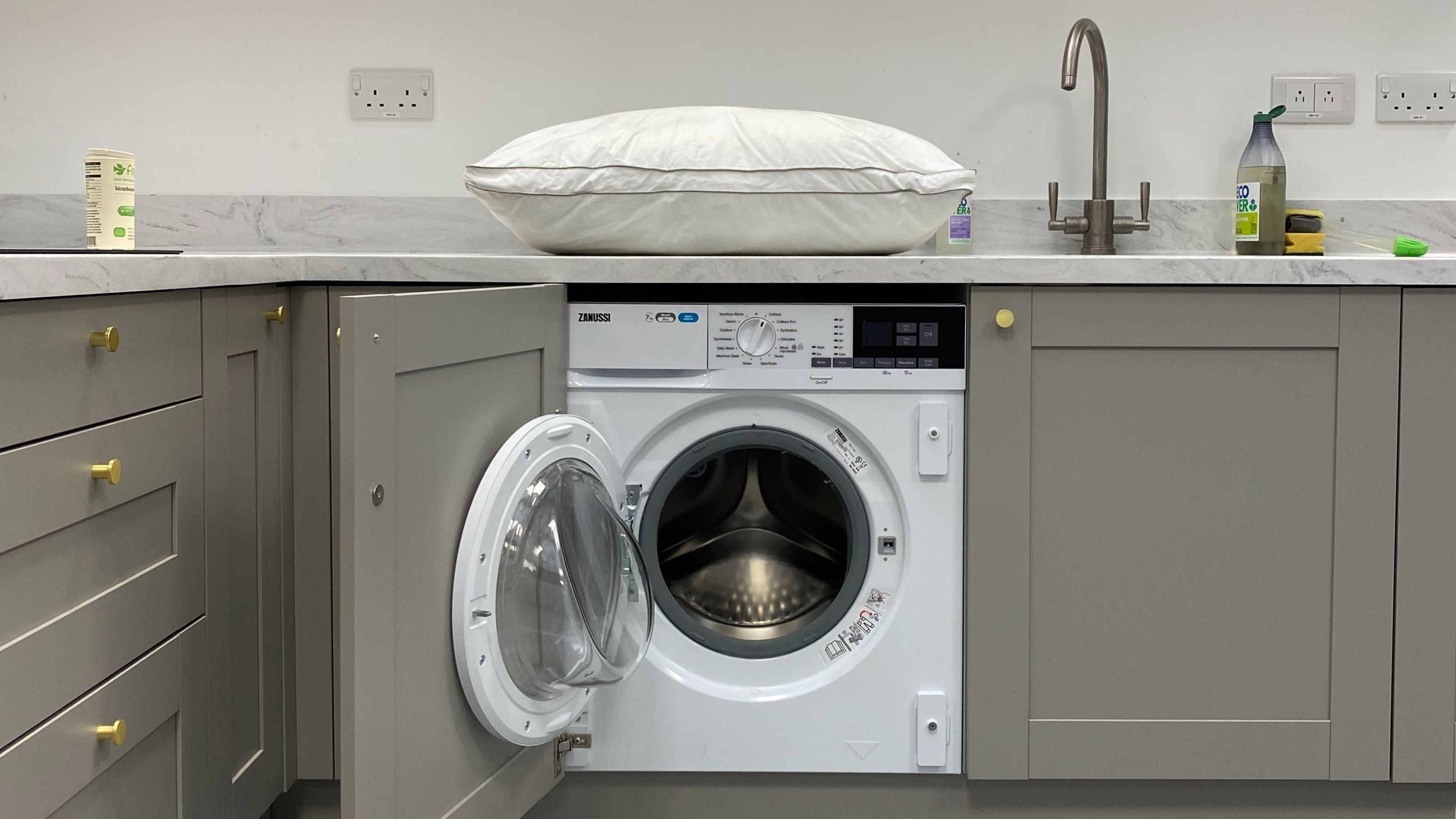

It seems we're all pretty good at washing our bed sheets regularly. I mean, a little judgment to the guy that's gone a month without changing his bedding. But when was the last time you washed your pillows? No, not the pillowcase, but the actual pillow insert? Can't remember? Me neither. There's no shame here, as it turns out, the majority of us simply forget to clean our pillows or don't know how.
Pillowcases only protect our pillows so much, as dust mites and allergens can build up beneath the sham surface. Even if your pillow looks pretty clean, I'm sorry to say that it could be harboring more germs than you realize. And it only takes one spilled cup of coffee or a sweaty night's sleep to stain it.
Luckily, the majority of the best pillows can be chucked in the washing machine, and there are easy enough methods to clean those that can't. Whether you've got a feather and down, polyester, or memory-foam pillow you can get rid of all that grossness in five easy steps. Here's how to wash pillows properly.
How to wash pillows
Good to know
Time: 1 to 2 hours
Difficulty: Easy
Helpful hints: If you haven't already, you should find out what filling your pillow has. This will change the method of cleaning as some luxe feather or down pillows are more delicate than the cheaper polyester kind. To do so, you should check the care label on your pillow — this will also provide you with details on whether your pillow can be machine washed, dried, and at what temperature for both.
Here's what you'll need
- Mild laundry detergent, like Method's eco-friendly detergent
- Fabric stain remover, like this one from Shout
- A soft cleaning cloth (from Amazon) or brush
- Your washing machine
1. Pretreat stains
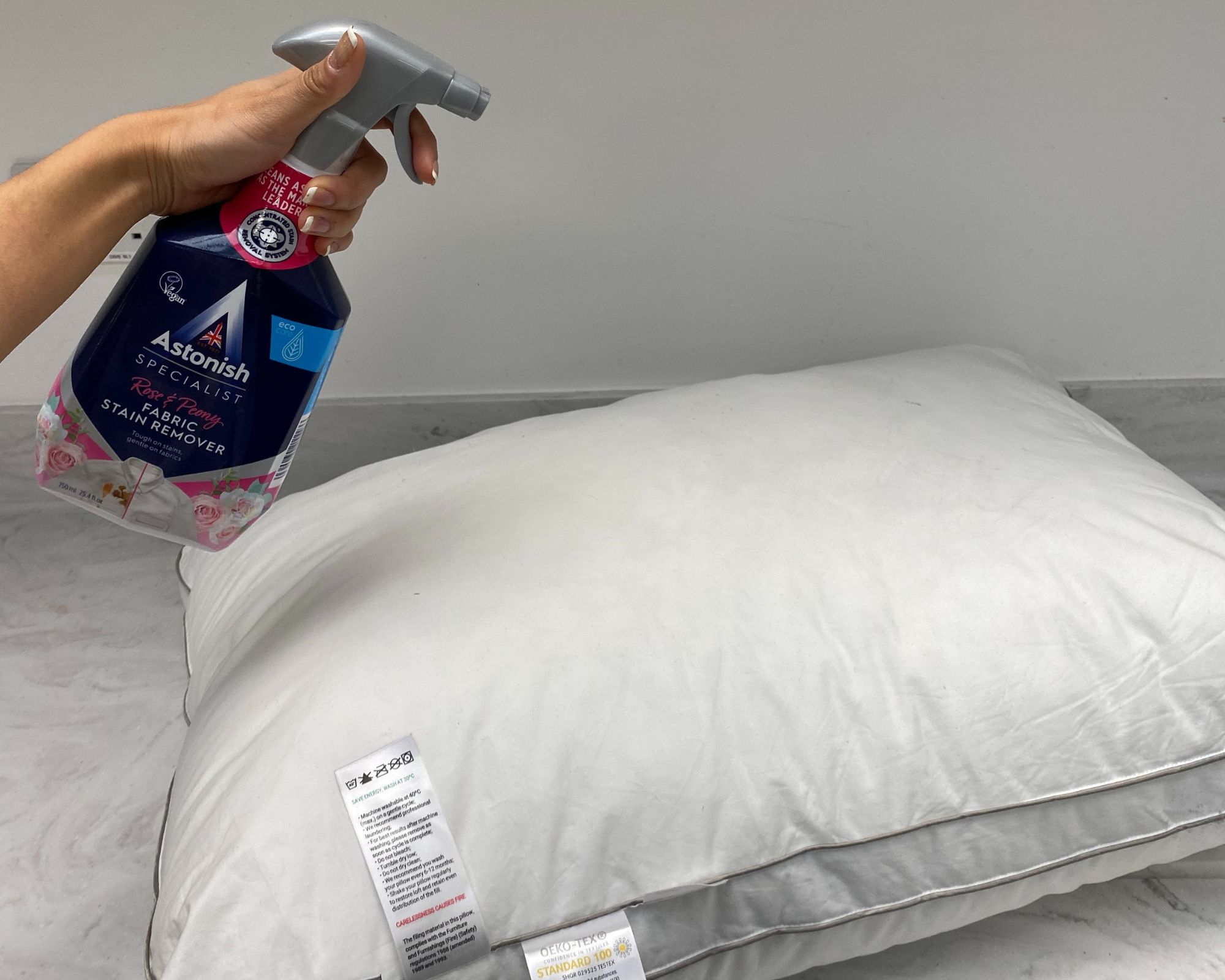
After removing your pillowcase, you may notice some stains on your pillow — especially if you haven't washed it in a couple of years. I wear self-tanner and often notice some stains where my neck sits at the base of the pillow. In order to get your pillow as clean as poss, it's good to pre-treat these stains first before throwing it in the wash. You can use an enzyme-based stain remover and spot-treat the stained area. Work it into the mark with a soft cloth or brush, and allow it to sink in for around 10 minutes.
2. Wash according to the correct instructions
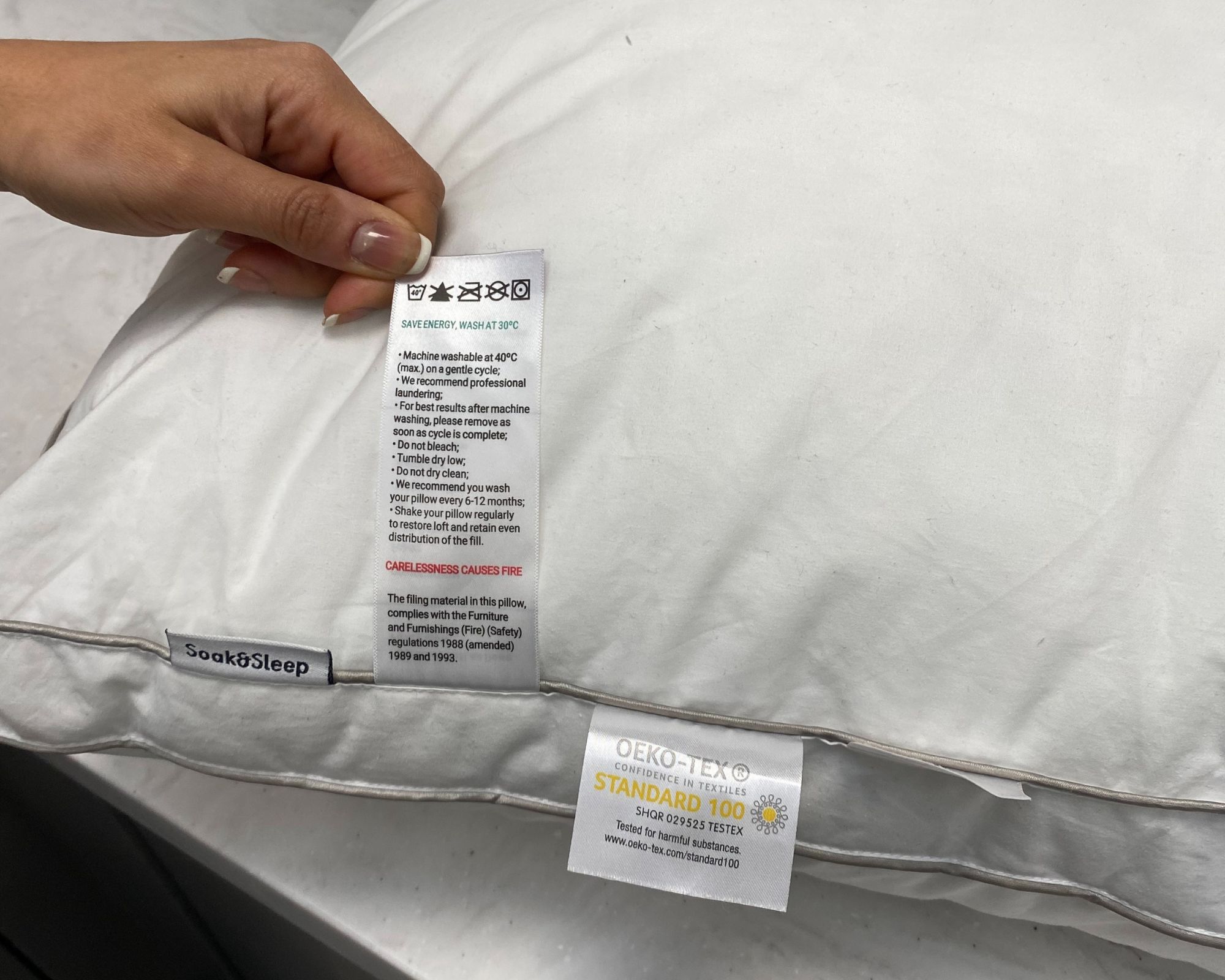
Most pillows will be able to withstand a regular wash cycle, but make sure to check depending on what your pillow is made from. If washing in the machine, you should add a detergent low in suds, as residue from the soap can cause the filling to clump. Depending on the size of your drum, you may have to wash one pillow at a time (annoying I know, but totally worth the result). Here's a rough guideline of how to wash each pillow according to the type you have.
- Feather and down pillows should be washed in a machine at a low temperature and a high spin speed. This will make sure there is as little moisture as possible to avoid damaging the fluffiness of the filling.
- Synthetic pillows are the easiest to wash and are often marked "easy clean." That being said, they are prone to lumping if they aren't cleaned the right way. You can wash most synthetic pillows in hotter temperatures. However, I'd recommend going no higher than 100 degrees Fahrenheit.
- Memory foam pillows should never be washed in a machine, nor by hand if it can be helped. If the foam becomes extremely wet, it can damage its sink-in properties, and become extremely heavy and hard to dry. Dry clean or spot clean only for the best results.
- Silk and wool pillows: These super-delicate pillows are best hand-washed because the filling can easily clump in the machine. There is a certain way you should be washing silk, otherwise, you'll want to spot clean and add stain remover before submerging the pillow in a bowl of hot soapy water. Note, don't leave it in water for longer than 10 minutes.
3. Add a second rinse
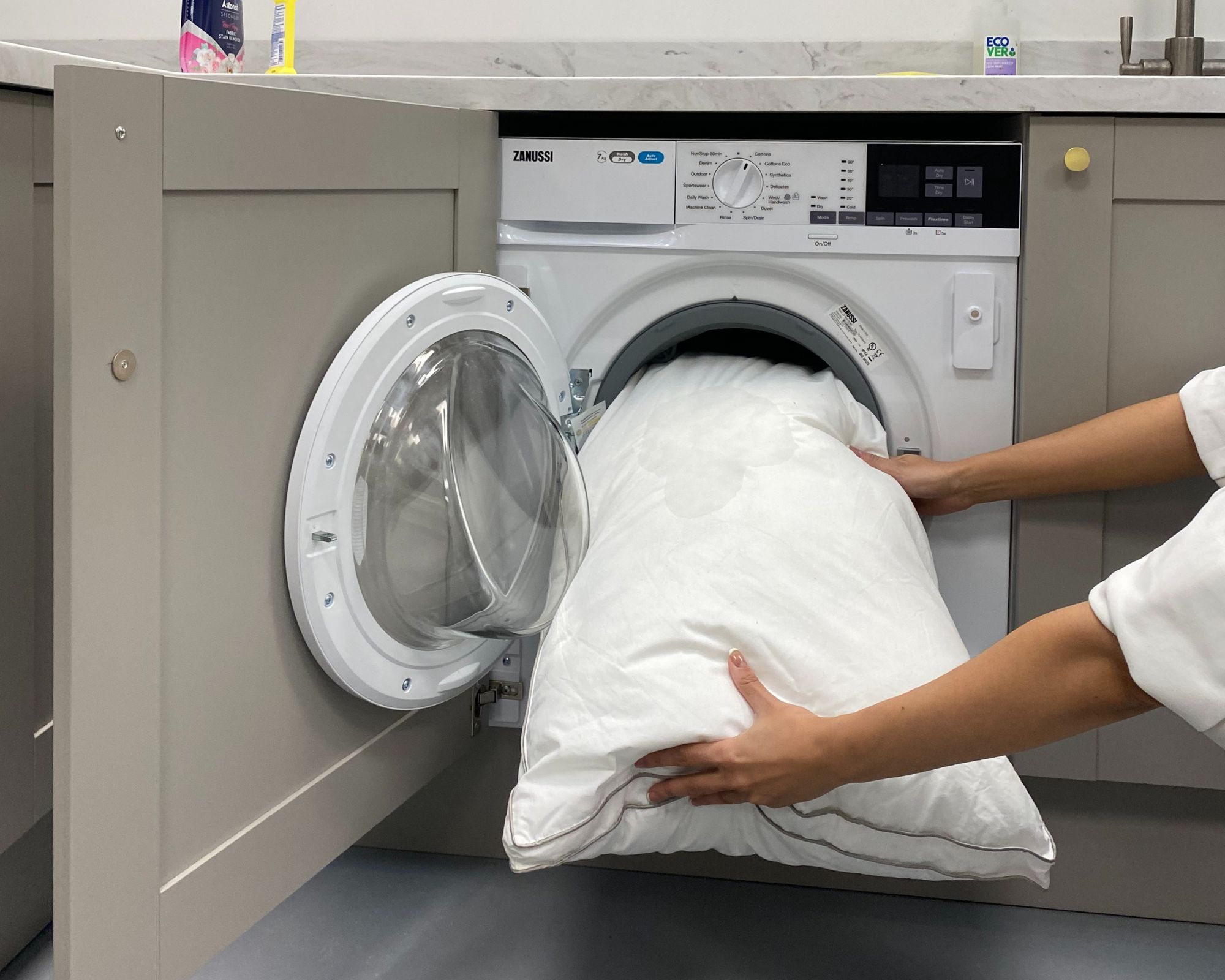
Whether you've washed your pillow in the washing machine, or by hand, you'll want to take special note of this step. Trust me: putting your pillow wash on a second rinse cycle can make all the difference. If your washing machine has the setting available, Marten Carlson, a certified sleep science coach at Mattress Clarity recommends using a "drain and spin cycle after the initial wash to get out as much water as possible before drying." And if washed under water, rinse repeatedly by draining the soapy water and squeezing the foam gently to release any suds. This will make sure there is less detergent residue and water, so your pillow remains just as plush and comfy.
4. Dry in the tumble dryer
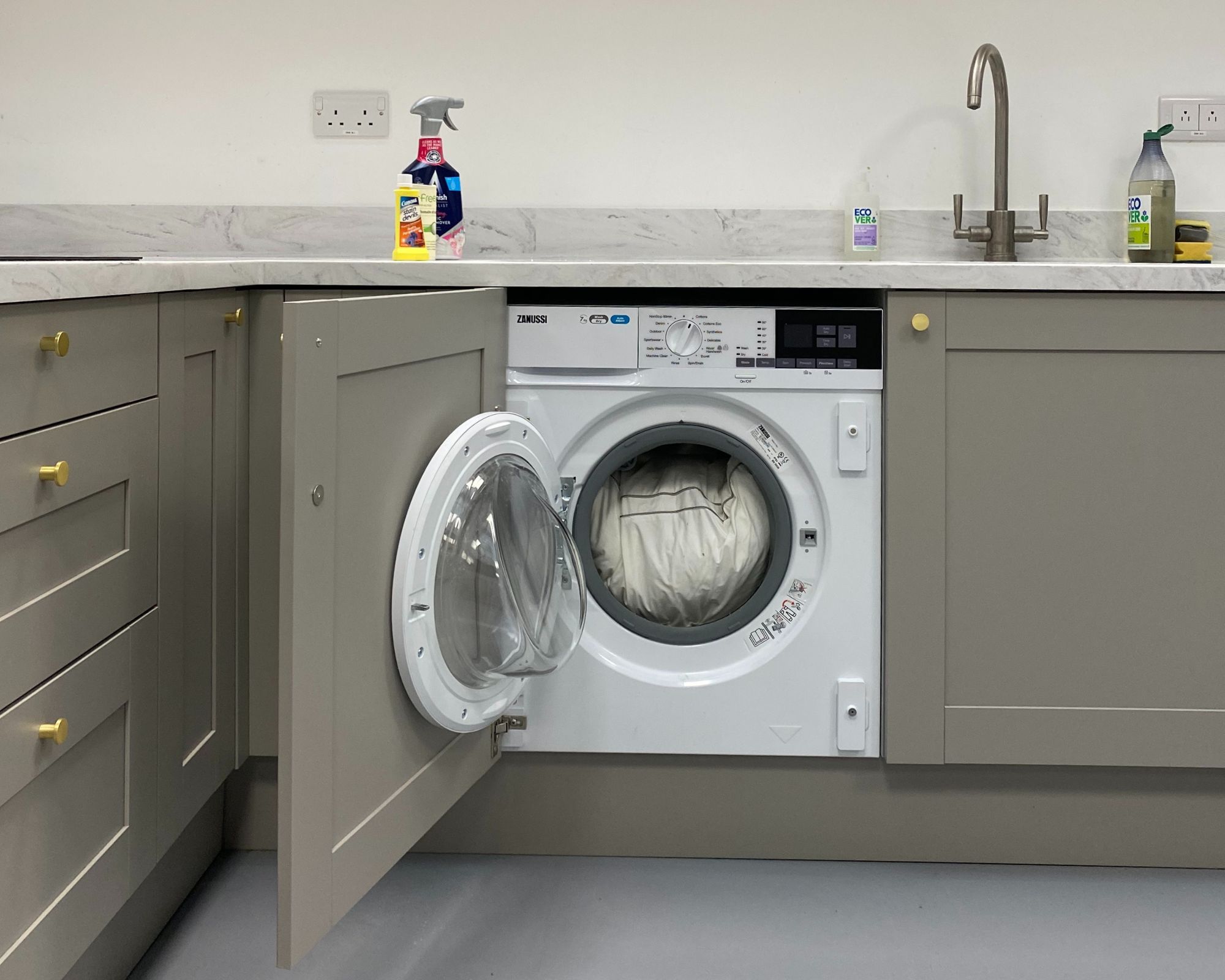
You should always dry pillows on low heat in the tumble dryer (especially feather and down version). This may mean it takes a few cycles to get them super dry, but if the temperature is too hot, you could run the risk of damaging the thickness and softness of the perfect pillow you paid for. Just like drying a duvet, putting drying balls or tennis balls in the tumble dryer will help the filling spread evenly. You could also pause the cycle and hand-plump every 20 minutes for the same effect.
5. Let them air dry completely
Our experts suggest fully waiting for your pillow to dry before storing it or putting it back on the bed, otherwise, it could smell musty or grow mold. If you don't have a dryer to start the process off, then you may want to hang your pillow outside or in a warm, dry place. A balcony in direct sunlight will help dry your pillows more quickly. Our top tip: Pick up a couple of cheap pillows you can alternate between on wash day.
How often should you wash your pillows?
Good news: you don't have to wash your pillows as often as you change your bed sheets. Of course, you should wash your pillowcases and shams frequently — if you have pillow protectors, clean those too. Housekeeping icon Martha Stewart mentions that every six months is a good cadence.
FYI, washing pillows too often or incorrectly could shorten their lifespan. You should plan to replace your pillows every couple of years anyway.
Join our newsletter
Get small space home decor ideas, celeb inspiration, DIY tips and more, straight to your inbox!

Louise is the Ecommerce Editor at Real Homes, specialising in sleep content so you can wind-down well. With prior PR experience working for a luxury bedding brand, Louise knows the importance of getting a great night’s sleep. Joining the other side of the desk as a full-time journo, Louise brings her bedding expertise to writing sleep buying guides, reviews, and news for Real Homes. Aside from helping readers get essential shut eye, Louise also writes shopping content for homeware items that’ll add a decorative edge to your space. With an eye for design that won’t snooze on style, but a budget that won’t quite stretch, Louise loves nothing more than a modern designer dupe. From coloured glassware to contemporary storage, anything to upgrade the bare space of her rented East London flat.
-
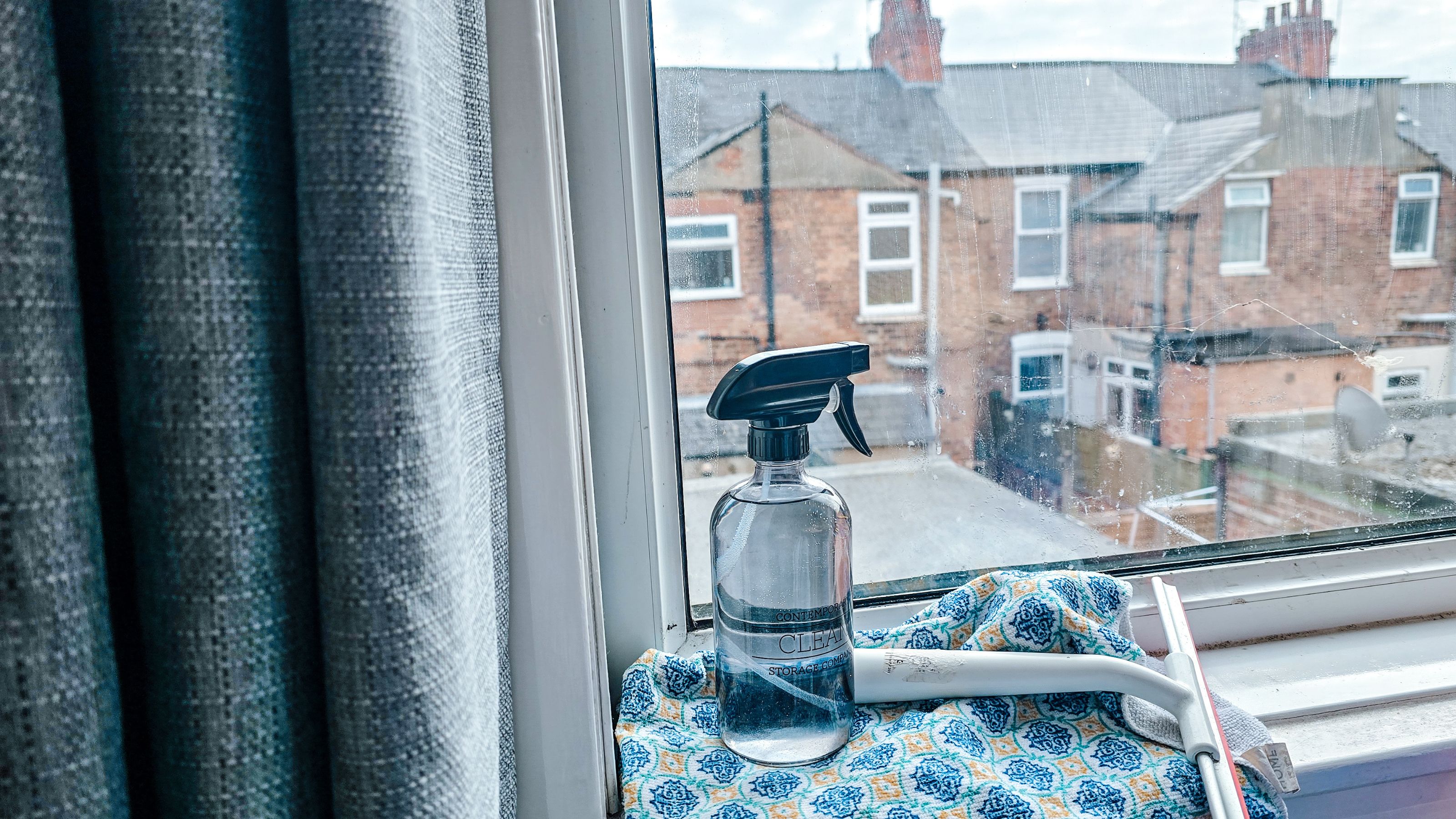 How to clean windows without streaks — 5 easy steps that cleaning pros always follow
How to clean windows without streaks — 5 easy steps that cleaning pros always followThis method on how to clean windows is favored by professional cleaners. We've asked them for the steps you should follow, plus picked cleaning buys
By Eve Smallman Last updated
-
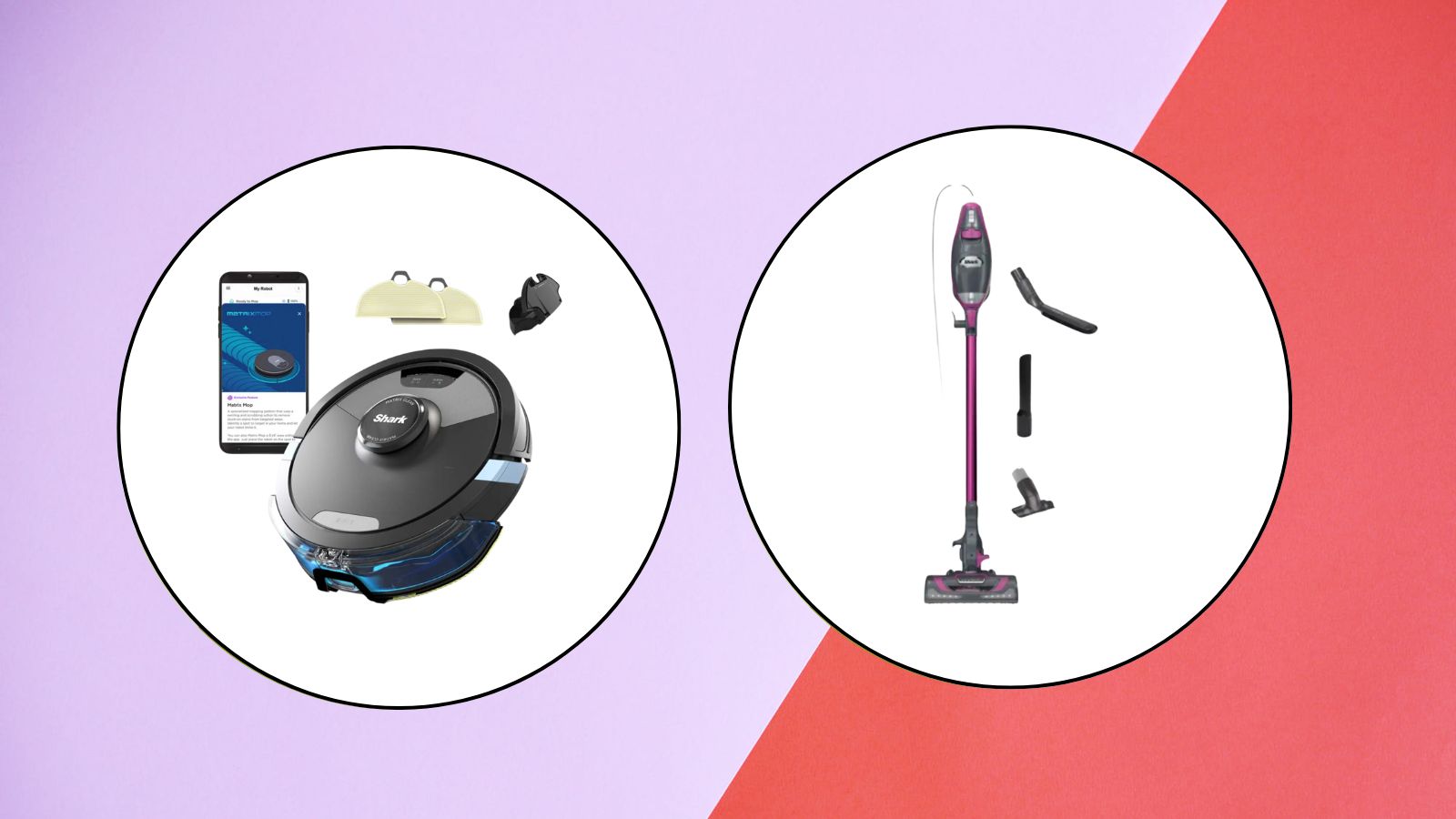 The latest Shark sale deals are perfect for pollen-proofing your home — with up to $150 off our favorite vacuums
The latest Shark sale deals are perfect for pollen-proofing your home — with up to $150 off our favorite vacuumsWe found the latest Shark sale deals on vacuums that are sure to be swooped up, especially as spring blooms trigger pollen allergies and we're in need of extra cleaning
By Danielle Valente Published
-
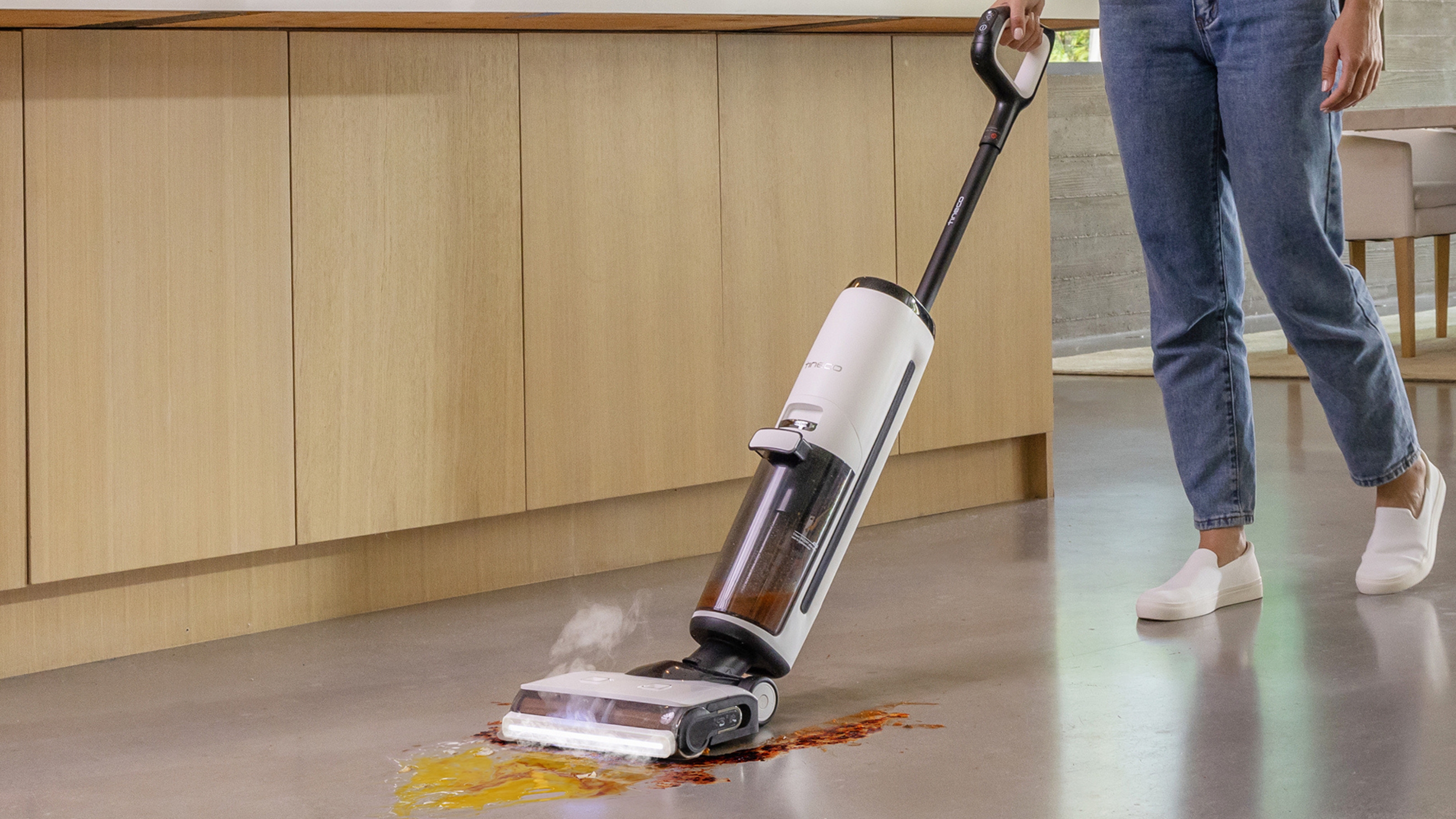
 Tineco Floor One S7 steam wet-dry vacuum review — spotless floors with minimal effort
Tineco Floor One S7 steam wet-dry vacuum review — spotless floors with minimal effortOur contributing editor, Camryn Rabideau, tests the Tineco Floor One S7 steam wet-dry vacuum in her New England homestead property
By Camryn Rabideau Published
-
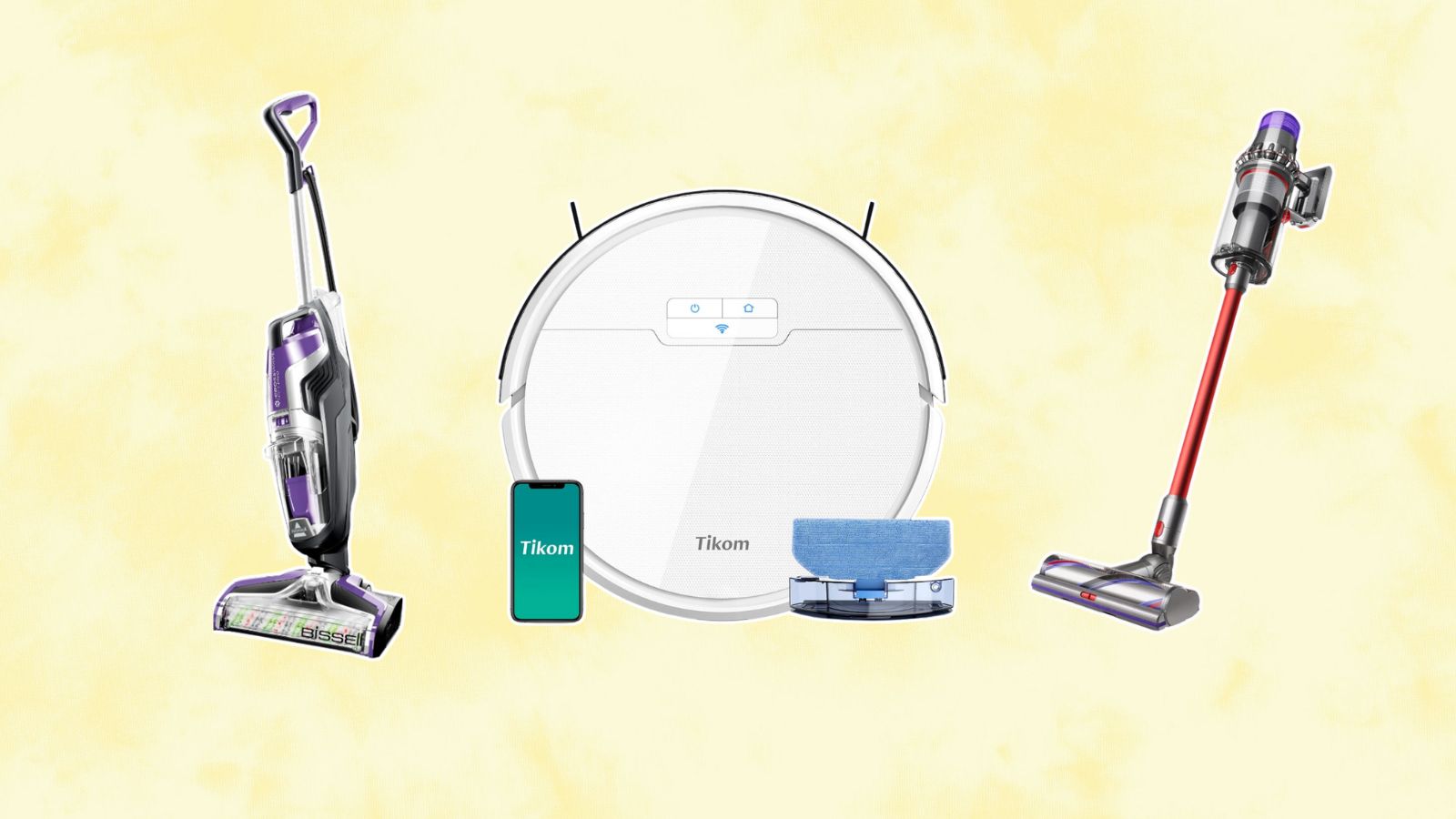 Amazon vacuum cleaners to nab during the retailer's Big Spring Sale — save up to 60% off our go-to small-space finds
Amazon vacuum cleaners to nab during the retailer's Big Spring Sale — save up to 60% off our go-to small-space findsChecking out the savings on Amazon? Vacuum cleaners are a must-buy during their first Big Spring Sale — here are our favorites up to 60% off
By Danielle Valente Published
-
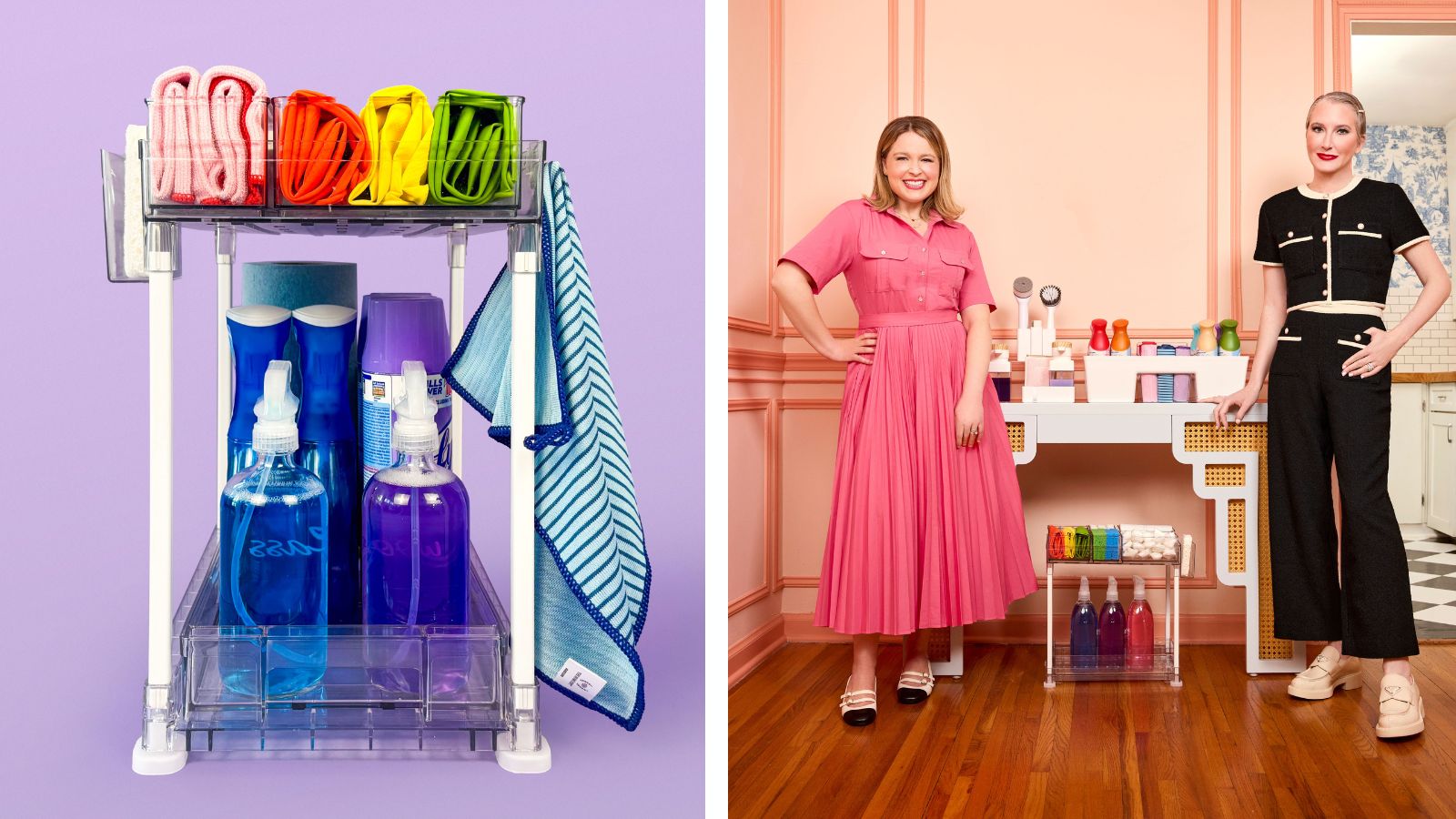 The Home Edit Walmart cleaning collection has just debuted with finds from $3
The Home Edit Walmart cleaning collection has just debuted with finds from $3Spring cleaning, anyone? The Home Edit Walmart cleaning collection has hit shelves with picks from $3
By Danielle Valente Published
-
 How to clean carpet on stairs — 3 simple steps to a spruced up staircase
How to clean carpet on stairs — 3 simple steps to a spruced up staircaseWant to know how to clean carpet on stairs? Our experts explain the simple steps to a sparkling stairway without too much elbow grease
By Andy van Terheyden Published
-
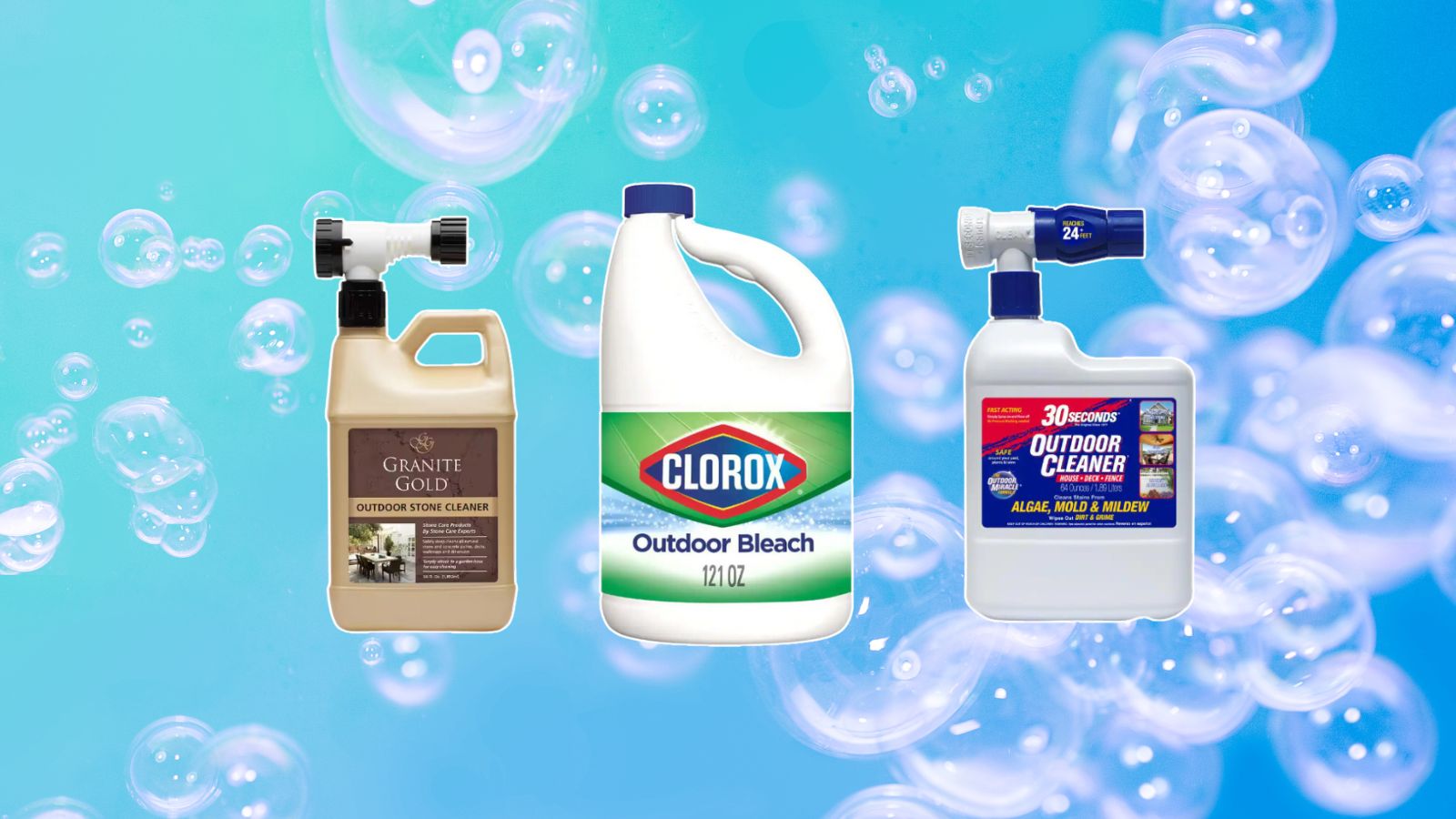 The Home Depot backyard and patio cleaning supplies we're stocking up on before spring
The Home Depot backyard and patio cleaning supplies we're stocking up on before springDon't forget the outdoors when spring cleaning — The Home Depot backyard and patio cleaning buys from $11 will assist with tidying up
By Danielle Valente Published
-
 The Shark Detect Pro vacuum and other models are on sale for St Patrick's Day — perfect picks for your spring clean
The Shark Detect Pro vacuum and other models are on sale for St Patrick's Day — perfect picks for your spring cleanWhether you're eyeing the Shark Detect Pro Vacuum or Shark Pet Cordless Stick Vacuum, shop the St. Patty's Day sale for a discount on the best vacuums on shelves
By Danielle Valente Published